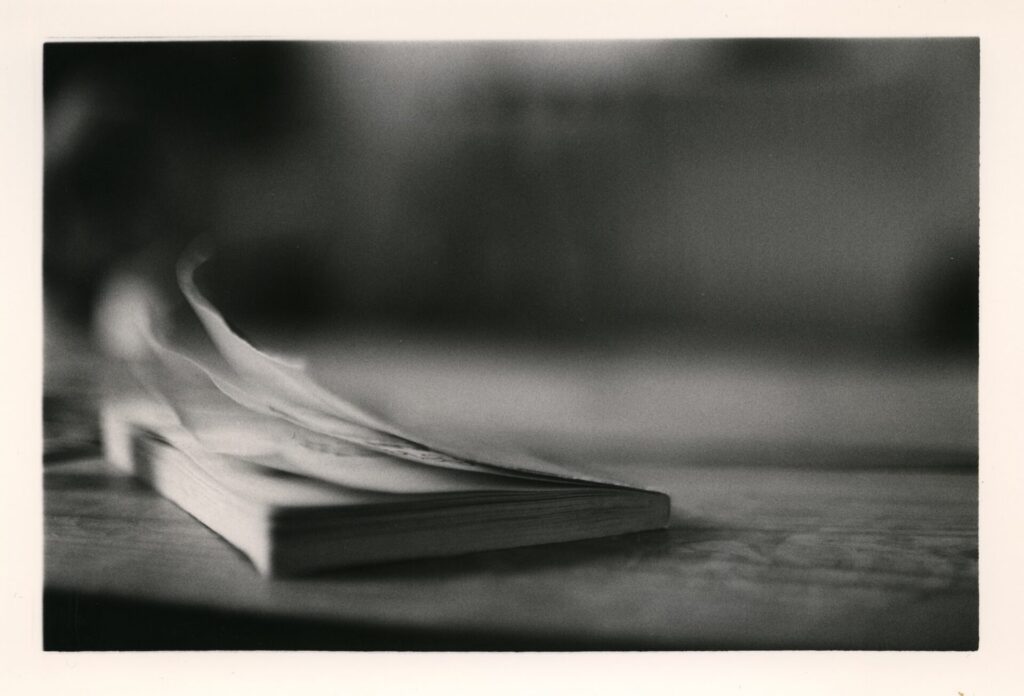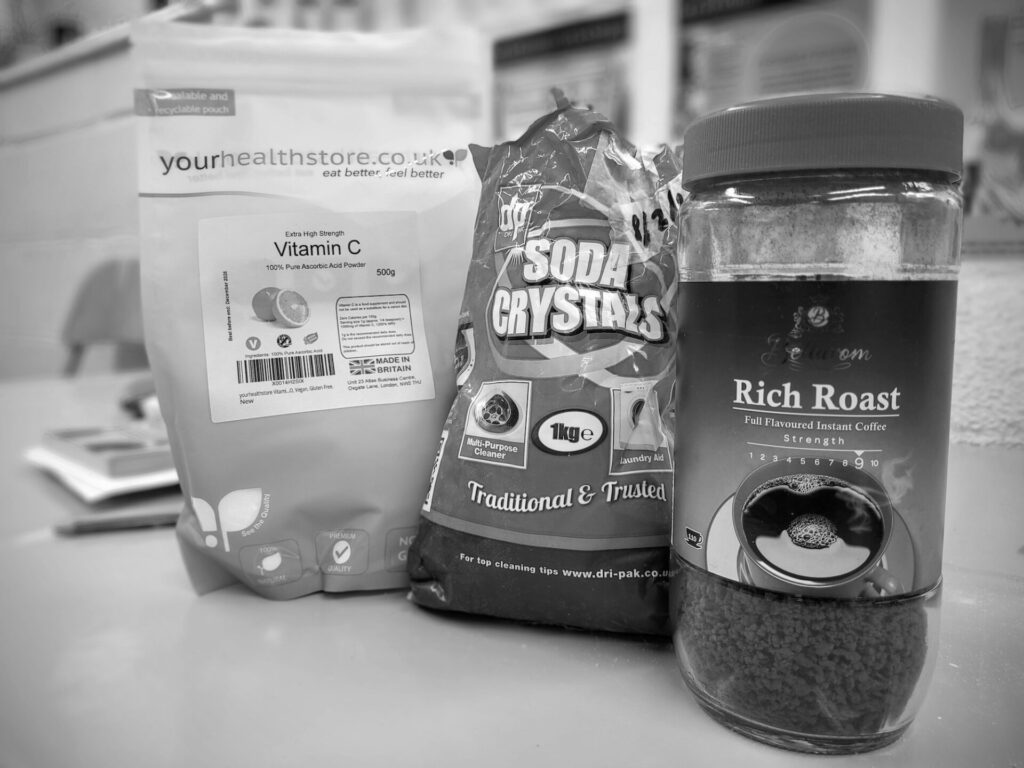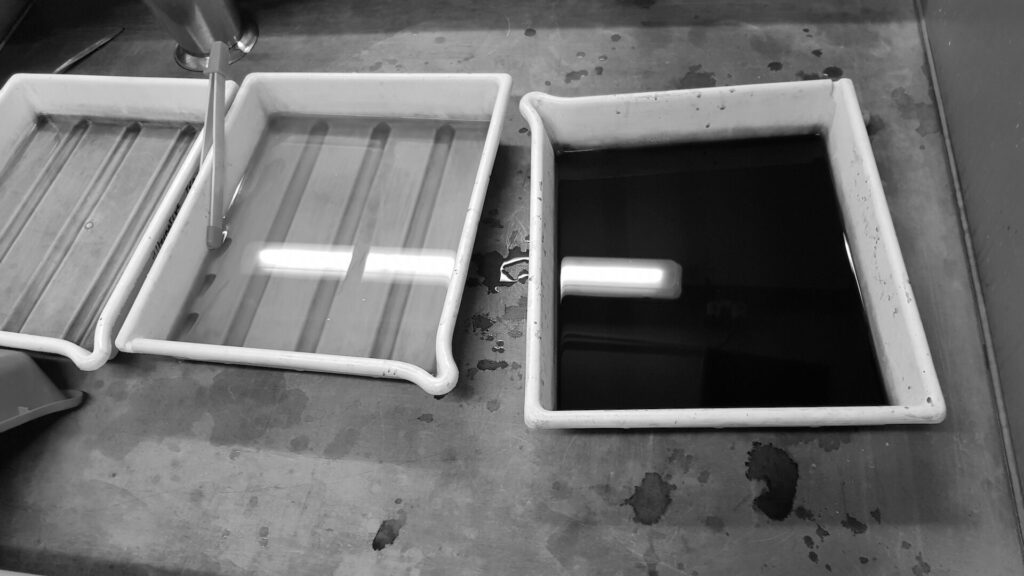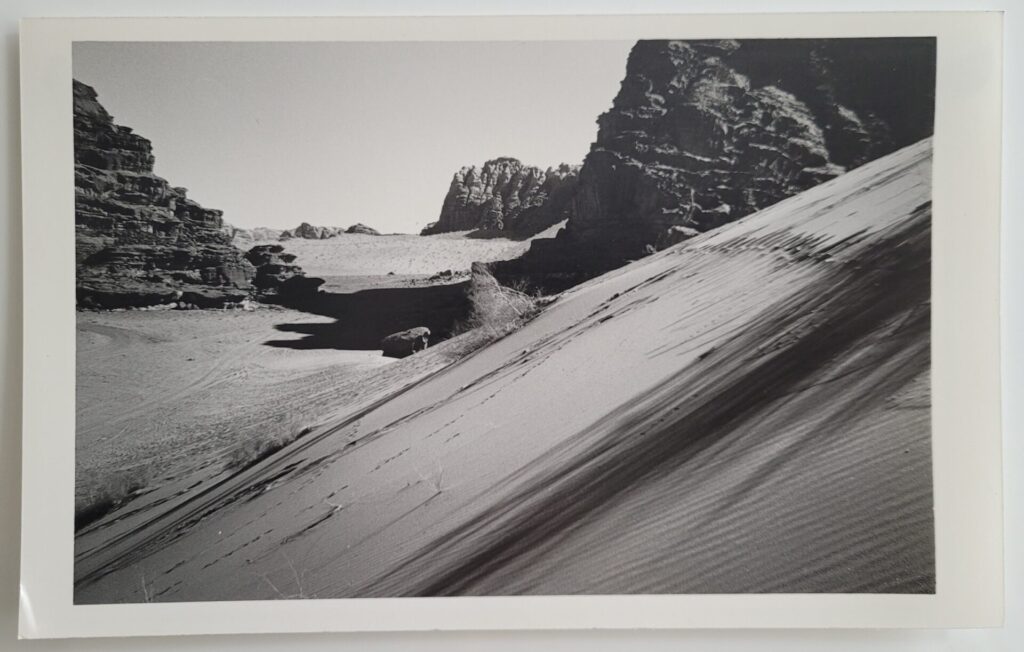The Caffenol process celebrates its 30th anniversary this year. Here, experimental photographer Catriona Gray explains how to use this eco-friendly developer to create sumptuous results.
Caffenol is an alternative developer made from common household ingredients: instant coffee, soda crystals (sodium carbonate) and vitamin C. It offers a sustainable and accessible way to process black & white film (and even paper) and is perhaps the loudest voice in the conversation about making traditional photography more eco-friendly. This homemade solution has captured the imagination of photographers looking for alternatives to commercial chemistry.
The first documented caffenol recipe emerged from the Rochester Institute of Technology in the mid-1990s. Researchers there were exploring the potential of common household substances in photographic development. The magic lay in the caffeic acid found in coffee, which when combined with an alkali and an antioxidant acts as a reducing agent, converting exposed silver halide crystals into metallic silver.

Although the original formula was experimental, it worked. Film developed in this mixture produced usable and sometimes surprisingly beautiful negatives. Word spread quickly through online forums, zines and camera clubs, and by the early 2000s, caffenol had gained cult status – part chemistry hack, part aesthetic rebellion with a kick in the teeth to big industry.
So, that’s where caffenol came from, but what gave this developer its staying power was not just its low cost or humble origins, it was also the quality of the results. When properly prepared, caffenol can yield creamy midtones, rich shadows and a smooth feel that many photographers love. For others, it’s the thrill of making a developer with materials you can buy at a corner shop. For me, it represents letting go of a rigid approach to film photography.

The basic brew
What exactly are caffenol’s three ingredients actually doing? The caffeic acid in the coffee is a type of phenol. Commercial developers use phenols too, but usually hydroquinone, metol and diemezone, which are common oil-refining byproducts. These phenols are the most ‘active’ part of the recipe, converting the exposed silver halides to metallic silver and transforming your latent image to a visible one. Caffeic acid is happiest in an alkaline solution, and this is where the soda crystals come in, as they’re there to get the right pH balance. Vitamin C reduces the development time (kind of supercharging the coffee). This shorter development time slightly reduces stain from the coffee. It also reduces oxidisation in your brew so it might keep for another use.
Caffenol recipes vary, but if you’re just starting out, I’d recommend looking up recipes for ‘Caffenol-C-M’ or ‘Caffenol Delta’. Both have been tested so much that you can’t go far wrong. (Well, you can – I’ve had my fair share of moments when you’re pulling your wet film from the spool only to see nothing, but I think I know now what mistakes I made.) Development times will vary according to which film you’re using, but this info can also be found easily on online charts. The developer works best when fresh and I always aim for around 22ºC if I can. I would recommend starting with Ilford HP5 – it’s robust, forgiving and its slightly contrasty vibe goes well with caffenol.

Paper seems to be a few levels fussier than film and during initial tests the recipe needed a fair amount of tweaking and head-scratching before I got anything even close to the richness I was after. Added to this, different papers respond to caffenol in maddeningly different ways – it took me more than a handful of failed prints (and a lot of advice) to understand what factors were to blame.
The developer also exhausts quickly, so you have to take a responsive approach and judge your development by eye (which is made harder by the fact that your developer is black). Whereas a commercial developer will give you results in just 90 seconds, fresh caffenol takes more like three minutes, extending with each print put through it. This may sound like a faff, but I think it’s worth it, as it creates a warmer print that mimics a warmtone paper or a light sepia toning for a fraction of the price. It also keeps you on your toes!

Find out more
Darkroom London is based in Camden Town, London, and offers space and equipment for photographers to work comfortably and independently. Workshops on caffenol processing and printing take place regularly and are taught by Catriona Gray. The facility also offers workshops on a wide range of other traditional processes.
Catriona writes in more detail about the caffenol process in B+W 307.

